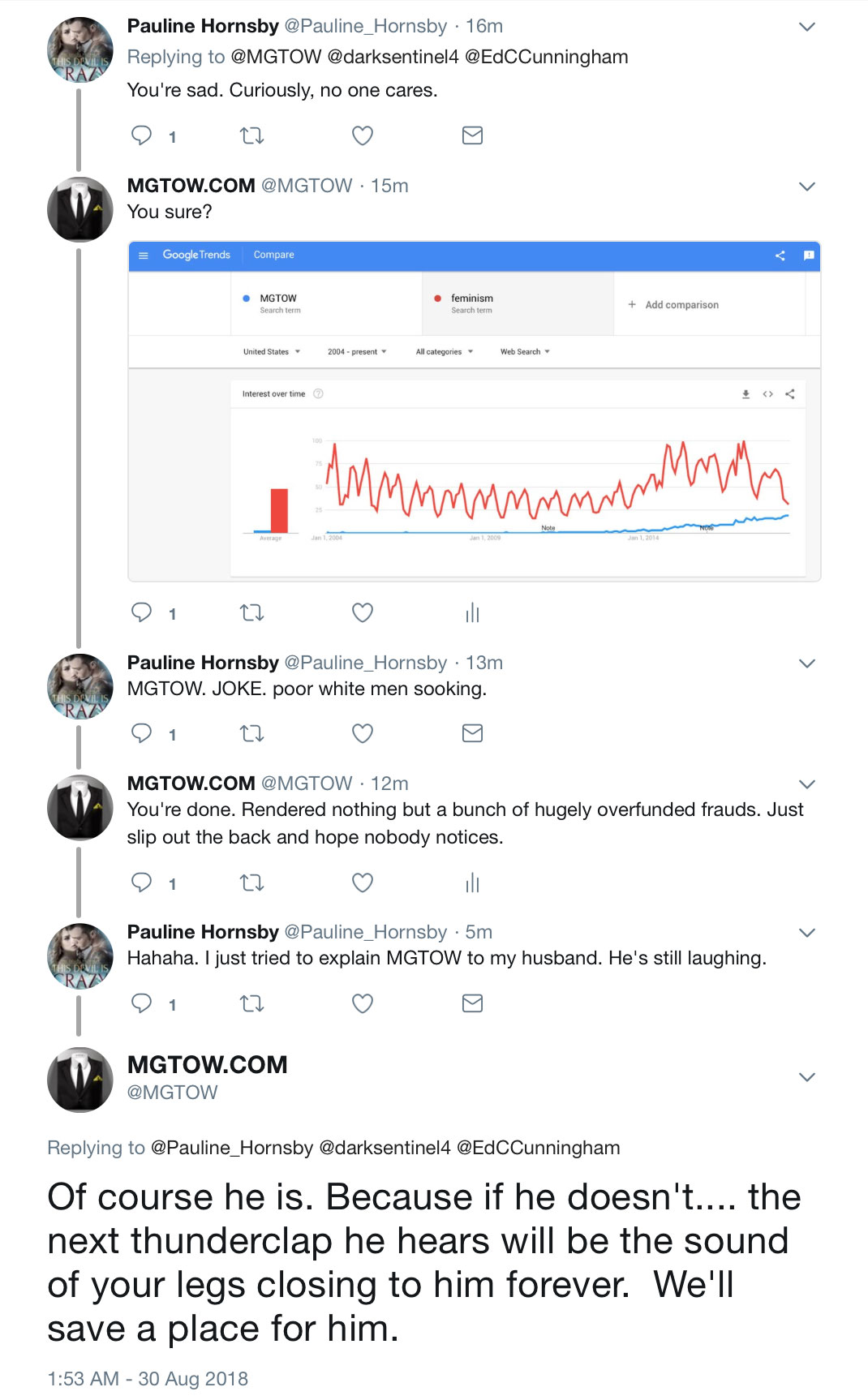Home › Forums › Cool S~~~ & Fun Stuff › Forging your own blade
This topic contains 17 replies, has 11 voices, and was last updated by ![]() ghost 2 years, 3 months ago.
ghost 2 years, 3 months ago.
- AuthorPosts

Anonymous14I have an antique forge I’m contemplating forging my own sword from. Any of you have any experience in this? Would love my own Hattori Hanzo.
I know that folding the metal and tempering is a must per what I learned as a youth from my Great Uncle. Any advice appreciated.
Anonymous7Any of you have any experience in this?
I do not.
Have you tried turning a file or wrench into a knife, tomahawk, etc?I have an antique forge
An acquaintance from long ago, used a hair drier as bellows.
By antique I hope you aren’t pumping mechanical bellows.One of my favorite Woodwright Shop episodes is when Roy Underhill visits the Blacksmith.
Good luck.
Anonymous14Any of you have any experience in this?
I do not.
Have you tried turning a file or wrench into a knife, tomahawk, etc?I have an antique forge
An acquaintance from long ago, used a hair drier as bellows.
By antique I hope you aren’t pumping mechanical bellows.One of my favorite Woodwright Shop episodes is when Roy Underhill visits the Blacksmith.
<iframe src=”https://www.youtube.com/embed/vAufux8NvpQ?feature=oembed” allowfullscreen=”” width=”500″ height=”281″ frameborder=”0″></iframe>
Good luck.I had a cool, lenient metal shop teacher in high school that let us make our own knives (against school regulations of course). I have plenty of spring steel, files, and other high tensile steel available on my farm. Granted, much hammering/folding will be in my future, but it’d be worth it.
Solid vid Grue, you are a true MGTOW. I figured on rigging up a squirrel cage fan for a bellow but am open to options… 🙂 Much thanks for your reply Brother.
Anonymous7I had a cool, lenient metal shop teacher in high school that let us make our own knives
Mine turned a blind eye to me creating a throwing spike.
I’m pretty sure he saw it. LOL!It was by accident. I was grinding on a 1/4″ piece of rod stock and I f~~~ed-up.
Rod went through the grinder in a bad way but came out in an interesting shape.
I put a point on the f~~~er.It looked cool af but no way could I reproduce it.
Like a real sword?
Can’t help you there.
“Hokey religions and ancient weapons are no match for a good blaster at your side, kid.”
( I couldn’t resist )
If you keep doing what you've always done... you're gonna keep getting what you always got.Sorry kenobi, but when I see the word BLADE, I get chills down my spine.
To those following me, be careful, I just farted. Men those beans are killers.
Check out the show Forged in Fire. It’s a sword making competition show. You can pick up some knowledge on that subject from watching and seeing other guys work.
I have forged several knives and quite a few architectural pieces. I have taken a ton of classes and taught some as well.
Start off small would be my best advice. Learn hammer control and proper technique. Blacksmith elbow ended my smithing career due to bad habits I picked up from trying to learn on my own.
You need to learn the annealing, hardening and tempering processes which can be difficult on long pieces. Quench cracks can make you cry.
As for the forge, make sure it is set up in a safe spot. Chose your fuel carefully. Not all coal is suitable. Coke is good but hard to light and obtain. Charcoal is clean and nice to work with, but you can blow it right out of the forge with the blower or bellows.
As for hammers, do not go for the biggest hammer. Chose one that is well balanced to begin with. The Japanese sword hammers do not fall into this category. Neither does the Swedish pattern. Look for a cross pein hammer such as a Czech club or German pattern. A large ball pein hammer is traditional for the Brits. A two pound hammer head would be about right. NO PLASTIC HANDLES!
There are a lot of good books out there on the subject. Read, read and read. Watch youtube videos with a grain of salt. I have seen too many ‘experts’ go off and advise ‘get your steel white hot and wang it with sumthin’ heavy.’
Finally, do a local search where you are at. There are a surprising amount of blacksmith associations and guilds around. Certainly more than when I started 20 years ago. There are national organizations as well, such as ABANA that can direct you to local chapters and member groups.
Enjoy and remember, it is the metal that does not glow that burns you.
Untamed wrote: Quit complaining and Go Your Own Way in whatever manner suits you best.
Damn, I thought this was going to be a Forged Vs Cast iron debate. Your sticks true blades or musclebacks?
Don't stick your dick into anyone you aren't willing to put up with for eighteen years and nine months.

Anonymous14Like a real sword?
Can’t help you there.
“Hokey religions and ancient weapons are no match for a good blaster at your side, kid.”
Are you passively telling me you know how to make a lightsaber Keymaster? Ohhh please do share!( I couldn’t resist )
<iframe src=”https://www.youtube.com/embed/V268Qk6-xsw?feature=oembed” allowfullscreen=”” width=”500″ height=”281″ frameborder=”0″></iframe>
Keymaster, are you passively telling me that you know how to fashion a lightsaber? Ohhh do please share!!!
Sorry kenobi, but when I see the word BLADE, I get chills down my spine.
Ha! I so knew this was coming when I made this thread that I almost referenced that point in the title 😛
Check out the show Forged in Fire. It’s a sword making competition show. You can pick up some knowledge on that subject from watching and seeing other guys work.
I’ll definitely check it out once my data meter gets reset tomorrow. It takes me 5 minutes just to load a page on our site thanks to them turning it down to less than dial up speed. Oh I loathe my ISP.
Boar…..that was some very good advice and thank you so much for taking the time to write that up for me Brother. I appreciate your effort there 🙂
Damn, I thought this was going to be a Forged Vs Cast iron debate. Your sticks true blades or musclebacks?
I’m a novice Sir. What I’m aiming for is a katana like the ones in the Kill Bill movies :).
Thank you all Men for the advice and replies!

Anonymous14Boar, question…would you go with an old wood mill saw blade for steel supply, spring steel, or a disc blade/field cultivator shovel for example?
I know that folding the metal and tempering is a must per what I learned as a youth from my Great Uncle.
Knowing how to temper properly is necessary, and depends on the steel you use.
Folding? Not so much. Folding and pattern welding were invented to compensate for the s~~~ty quality control in ancient smelting and refining. In the modern era of high quality consistent steels with made to order properties, folding is unnecessary.
The best, most high tech, millennia ahead of their time, where the f~~~ did the vikings get this s~~~ ancient european swords were the true “ulfberht” blades. They weren’t folded, but were each made from a single billet of hypereutectic crucible steel vanadium alloy a thousand years before Benjamin Huntsman. The kind of steel you can order off the shelf today. That’s what I’d look into.

Anonymous14Thank you sidecar. Would you suggest using one of the old saw mill blades I’ve got laying around here and cut out the style/size I’m looking for vs spring steel/etc?
Thank you sidecar. Would you suggest using one of the old saw mill blades I’ve got laying around here and cut out the style/size I’m looking for vs spring steel/etc?
If the old saw mill blade is in any sort of decent condition, I’d consider leaving it alone. Clean it up, patina it up. Hang it on the wall.
As others have said, start small. It’s too easy to go too big too fast and end up with nothing but frustration. I would start out trying to make something like a knife or straight razor before attempting a sword. Swords are long pieces of metal, and usually need specialized long forging equipment. Getting a decent straight razor requires all the same skills (and more), but at a more manageable size.
Also don’t get me wrong about pattern welding. For all that it’s unnecessary these days, it’s still very pretty, and forge welding is a useful skill to learn regardless. But again, you have to start simple and work up. Make sure you can reliably get two pieces of metal to simply weld together. Then work out how to shape them from there. A clever shortcut is welding thick wire cables into solid billets, and then working from those. That saves you a lot of raw assemblage up front while you work on heat control, which is critical with the thin metal strands in wire rope. And I think the final results look kind of wootzy when acid etched.
As far as other things, @boar is absolutely correct about not using too big a hammer. Because physics. You want the maximum amount of energy transfered to the workpiece with each blow, and that requires a balance between your hammer mass and you anvil mass. Too heavy a hammer and you end up just pushing the anvil into the ground, losing all that energy. Too light a hammer and the anvil mass bounces it back with little work done to the piece, also losing that energy. I forget what the recommended mass ratio is, but it’s probably on the internet somewhere.
Also the correct hammer type is even more important than the correct hammer weight. You’ll want a selection of hammers for different metal shaping operations. The same goes for tongs, hardy tools, all that stuff. If you want to be really hard core and old school, start with a simple cross peen and a pair of vice grip pliers, and make your tools as you go along.
As to specific metals to use, learning to roughly identify steels will be more useful to you than anything I could tell you about any “spring steel” you have lying around. Different steels have entirely different forging, quenching, and tempering properties. Who knows what those might be for found steel? Putting it to a grindstone and looking at the sparks will tell you about 90% of what you want to know, but only if you know what to look for. There are probably videos on youtube that could show you what I mean better than I can describe it here. For the other 10% you have to do a quench test. Polish up a small chunk of what you hope to use and try an experimental heat and quench. Then temper one end and check the color bands to see if it gives you the hardness and other properties you want. If not, try a different chunk of metal or a different heat treating regime.
And when all else fails, you can always fall back to banging away at the metal and see what happens. A crappy knife is better than no knife.
I also agree with @boar that there are a s~~~tonne of good books out there on blacksmithing. Also bladesmithing. And probably a bunch of youtube videos as well (though possibly not so good as the books – there’s a lot of amateur hour crap on youtube pretending to be professional). Consider taking a trip to your local library. Your local community college might also offer classes. Advice over the internet is better than nothing, but it can’t compare to hands on learning.

Anonymous14Sidecar, thank you very much for taking the time out of your day to create that excellent write up. That is very sound advice and it will be taken. Thank you Brother. I’ll keep posting on this as things progress. Best friend of mine is on this project with me but unfortunately he lives four hours away and is 1,000 miles away on a job atm so this won’t be happening tomorrow which is perfect as it gives me more time to study up. Thanks again Brother!
Great to see I am not alone with this. Everybody out there asked me the same: Why are you not simply buy a knife? Because I don’t want to. The blacksmith was for society what Silicon Valley is today. It run society and more or less every innovation for centuries had a blacksmith involved. It would be a shame to lose this knowledge just because you can buy stuff off the shelf now.
For about three month I am crafting my own knife. I went to a blacksmith, told him about my project and he let me use his workshop and supported me. Incredible how much knowledge this man accumulated. It’s a great experience on a very personal level. Until now I built more or less mechanical devices like crossbows, but a blade is something different, almost magical. I am starting to understand why old Germanic tribes like the vikings gave their swords names and was convinced there is a spirit in a sword.Here is my creation:
It’s not finished, I am still working on the handle as you can see. It’s olive wood from Spain.
"I need men, real men, men with balls, certainly not sissies. I would never ask them to take an enemy position, but I insist that they follow me to that position. If you are one of those men, raise your hand." Napoleon Bonaparte
Like a real sword?
Can’t help you there.
“Hokey religions and ancient weapons are no match for a good blaster at your side, kid.”
( I couldn’t resist )
<iframe src=”https://www.youtube.com/embed/V268Qk6-xsw?feature=oembed” allowfullscreen=”” width=”500″ height=”281″ frameborder=”0″></iframe>
I think I’ll have to agree with Keymaster on this one.
That isn’t to say that the principles and philosophy behind the craftsmanship and discipline in the ways of the sword have no merit however. If anything I would say swords have evolved into pens and sharp wit.
A sharp wit is very much like a sharp sword. Precise. Incredible potential in the right hands. But prone to destruction in the wrong hands. Such an incredible tool requires just as if not a more powerful sheath to house such a tool. To me that sheath is discipline.
Working on my dreams, one day at a time..,
That isn’t to say that the principles and philosophy behind the craftsmanship and discipline in the ways of the sword have no merit however. If anything I would say swords have evolved into pens and sharp wit.
A sharp wit is very much like a sharp sword. Precise. Incredible potential in the right hands. But prone to destruction in the wrong hands. Such an incredible tool requires just as if not a more powerful sheath to house such a tool. To me that sheath is discipline.
Spot on, Frey.
- AuthorPosts
You must be logged in to reply to this topic.

921526
921524
919244
916783
915526
915524
915354
915129
914037
909862
908811
908810
908500
908465
908464
908300
907963
907895
907477
902002
901301
901106
901105
901104
901024
901017
900393
900392
900391
900390
899038
898980
896844
896798
896797
895983
895850
895848
893740
893036
891671
891670
891336
891017
890865
889894
889741
889058
888157
887960
887768
886321
886306
885519
884948
883951
881340
881339
880491
878671
878351
877678













